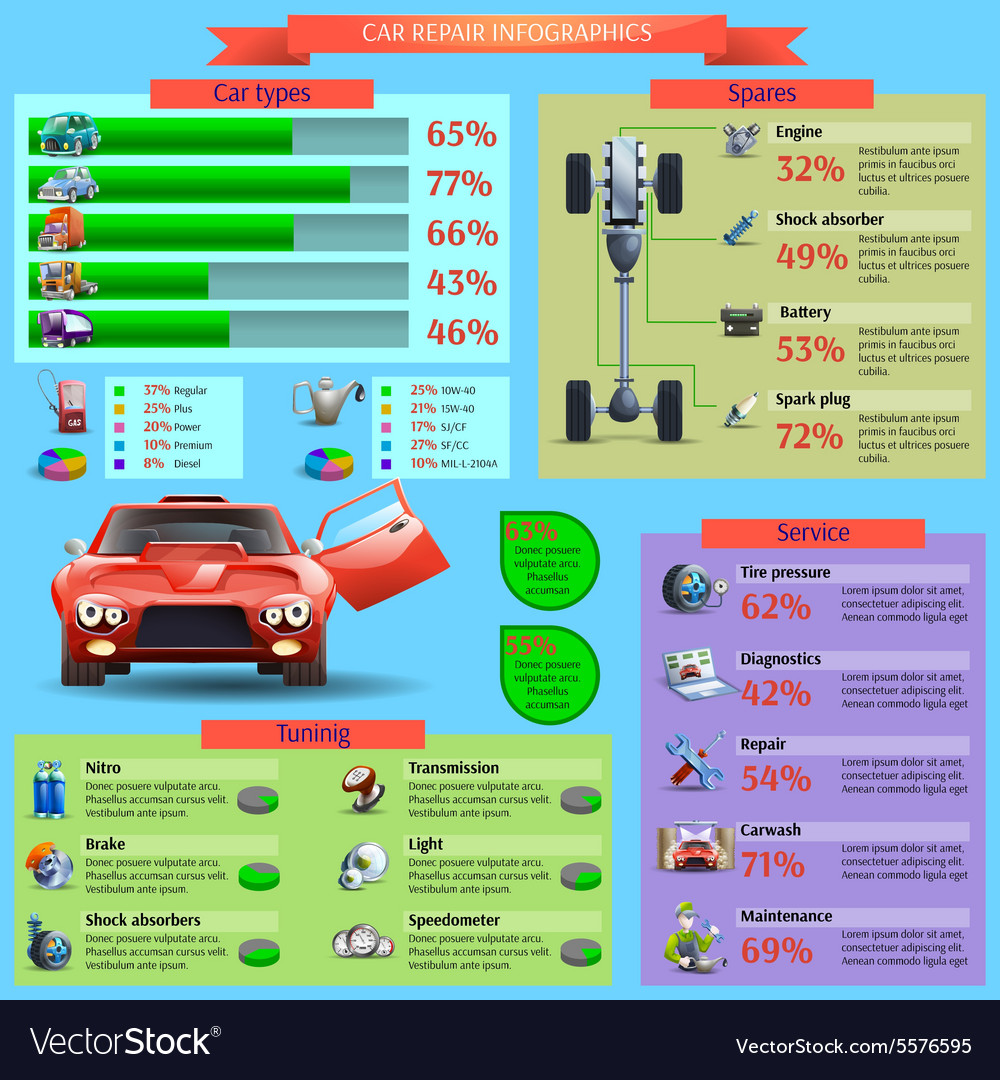When you're behind the wheel, those glowing warning lights on your dashboard can be a little bit puzzling. Do you know what they're attempting to inform you regarding your auto's health and wellness? Recognizing the relevance of these lights is important for your safety and security and the long life of your car. So, the next time among those lights turns up, wouldn't you want to analyze its message properly and take the essential actions to resolve it?
Common Warning Lighting and Interpretations
Determine usual caution lights in your cars and truck and comprehend their definitions to make certain secure driving.
One of the most normal caution lights consist of the check engine light, which signals concerns with the engine or exhausts system. If this light begins, it's essential to have your car checked promptly.
The oil pressure cautioning light shows low oil pressure, requiring immediate attention to stop engine damage.
A blinking battery light could suggest a damaged billing system, possibly leaving you stranded otherwise addressed.
The tire pressure surveillance system (TPMS) light informs you to reduced tire stress, affecting vehicle stability and gas performance. Ignoring this could cause risky driving problems.
check out here indicates a problem with the anti-lock stopping system, jeopardizing your ability to stop promptly in emergencies.
Finally, the coolant temperature alerting light warns of engine getting too hot, which can cause severe damage otherwise fixed quickly.
Recognizing car wax nz will certainly assist you address issues immediately and keep risk-free driving problems.
Relevance of Prompt Interest
Recognizing the typical warning lights in your auto is only the very first step; the relevance of without delay addressing these warnings can not be stressed enough to ensure your safety and security when driving.
When a caution light brightens on your control panel, it's your cars and truck's way of connecting a prospective concern that needs interest. Overlooking these cautions can bring about much more severe issues down the road, compromising your safety and possibly costing you more in repairs.
Prompt interest to cautioning lights can avoid malfunctions and accidents. For example, a flashing check engine light could show a misfire that, if left unattended, might trigger damages to the catalytic converter. Resolving this without delay can save you from an expensive repair service.
Similarly, a brake system advising light may indicate low brake liquid or used brake pads, important components for your security when driving.
DIY Troubleshooting Tips
If you see a caution light on your dashboard, there are a couple of do it yourself fixing ideas you can attempt prior to seeking professional help.
https://www.aftermarketnews.com/visiting-turning-wrenches-european-auto-repair-louisville-ky/ is to consult your cars and truck's guidebook to comprehend what the certain caution light shows. Sometimes the concern can be as basic as a loose gas cap setting off the check engine light. Tightening the gas cap may settle the problem.
An additional common issue is a reduced battery, which can trigger numerous warning lights. Examining the battery links for corrosion and ensuring they're safe might take care of the issue.
If a warning light continues, you can try resetting it by separating the vehicle's battery for a few minutes and afterwards reconnecting it. In addition, examining your lorry's liquid degrees, such as oil, coolant, and brake liquid, can assist repair advising lights related to these systems.
Verdict
Finally, understanding your cars and truck's warning lights is necessary for maintaining your vehicle running smoothly and securely. By immediately resolving these informs and understanding what they indicate, you can prevent expensive fixings and potential failures.
Remember to consult your automobile's manual for certain details on each cautioning light and do something about it as necessary to make sure a hassle-free driving experience.
Remain notified, stay safe on the road!
